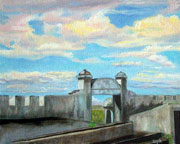 |
|||||
 |
|||||
Landscape |
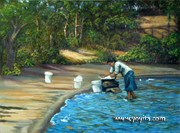 |
LandscapeLand transformation occurred in the North Netherlands, during the 17th century. The physical geography of northern Holland dramatically altered by the reclamation of about two hundred thousand acres of land from inland sea, by means of a complex system of dikes and drainage. The creation of land was a commercial investment made by private citizens. By 1612 over one hundred citizens had invested in the scheme. Projects such as these dramatically altered the appearance of the region. These speculators constructed a system of canals and forty-two windmill pumps across the land. The resulting landscape was an extremely flat land, as recorded in van Goyen's View of Leiden (1647). The land was highly regular polder, punctuated by a grid like system of canals and waterways across the drained areas. The visual preoccupation with local landscape formations coincides with the first large-scale creation of land. Dunescaps like Ruisdael's View of the Dunes and Dune Landscape could have helped to create for their viewers a shared sense of local regional history. Dutch valued the land as national identity. The theme of ferryboat on a river popularized from the 1630s by Salomon van Ruysdael and Jan van Goyen. Like the dunescapes of the 1620s, these images of ferryboats on a river were also created in Haarlem in large numbers, one of them is van Ruysdael's River landscape with Ferry (1649). Inland water transport was another of 17th century Holland's great achievements. The creation of land brought with it the creation of canals; between 1632 and 1665 the Dutch established a remarkable system of inland travel on these canals. Jan van Goyen's View of the Hague (1651) showed how the canals integrated in the scene and the lives of the Dutch. It is notable that the period of the greatest production of images of ferryboats on river closely conincided with the years 1632 to 1665, during which time this system of barges on canals was under construction. The riverbanks, ferryboats, dunes and beaches were not simply an arbitrary inventory of topographical data. Rather were a highly selective and value-laden presentation of a particular kind of native habitat. Dutch social geography shaped cultural self-conscious. An enthusiasm for local scenery as part of their self-conscious effort to promote a pride of place. The emergence of a native aesthetic marks the innovations in landscape of these years-the Holland cow as evident in Cuyp's Landscape with Cattle (1650). Albert Cuyp's View of Dordrecht with Cattle (late 1640s) showed a monument that is clearly identifiable as Dutch, the view of Grote Kerk in Dordrecht. The painting juxtaposes the prominent church with a small herd of daily cows and a milkmaid in the foreground. These mark reference to an important industry. Dutch cattle were renowned throughout Europe for their size, enormous milk production and the cheese made from their milk. The commercial cow had been associated with patriotic sentiment and a symbol of Holland itself. The association reappears particularly during the 1640s the time when Dutch were concluding negotiations with Spain in the Treaty of Munster. Another painting that shows relation to the contemporary social scene is van Goyen's River Landscape with Pellekussenpoort, Utrecht, and Gothic Choir (1643), with the most readily identifiable structure of Gothic choir overcoming the city wall at the right. As van Goyen juxtaposed a medieval, Catholic church with a historic civic gate, he may have been commenting upon the controversial contemporary issues of the relationship of church and state. The painting appears to be a nostalgic reflection upon an earlier time, a time before the suppression of Catholics in Holland. While Dutch artists portrayed recognizable architectural monuments, they freely moved them about their homeland and sometimes even transformed these monuments or combined several in one imaginary scene. For example, Jacob van Ruisdael located the Portuguese Jewish Cemetery at Oudekerk before the ruins of the castle of Egmond in Jewish Cemetery (c.1660). Other times, the Dutch artists dramatized the location of a monument as for example Jacob van Ruisdael's Bentheim Castle (1653). As shown in Jakob Rosenberg's photograph of Bentheim Castle (1928), there is no height near Bentheim comparing to Ruisdael's painting. His Mill at Wijk bij Duurstede (1665) was given a monumentalism, which transformed it out of local recognization. Van Goyen, also, transplanted repeatedly identifiable topographical subjects, especially churches and city gates, to an imaginary setting, for example, the church in Landscape with Saint Pancras's Church, Leiden (1643). His rendering from nature of the never completed Saint Pancras's Church shows it towering above the roofs of the surrounding houses. The painting is restricted in colour scheme to grey and ochre tones. In the early years of the century history painting were the most common type, but after 1650 landscape exceeded them. Landscapes had a wide distribution among the middle class collections in part because they were affordable. The majority of them were sold on the open market. Van Goyen amounting by the end of his career to nearly twelve hundred paintings, he virtually manufactured many of these landscapes on formulaic lines-it suggests the servicing of a board market and a popular taste. The landscape painting was accessible not only to a limited group of the humanistically educated but also to a board segment of the population. This was possible because both the structure and the content of this message were determined by long-standing conceptions. 17th century Dutch art market was sharply divided between government and private patronage. Government organizations included the court, the state-General and the city governments, who paid vastly inflated prices. Private collectors included dealers, serious collectors and more causal collectors. As nobility became less and less powerful, it was the people from merchant class that started to acuminate wealth. This group of patron brought works from the open market, where artists sell smaller paintings that were suitable for the domestic setting and also up the turn-over. This new kind of economic scene led to new genres being established, for example, the domestic, still life and landscapes, portrayed without narrative meaning. The middle class emerging had no classical education or history in artistic patronage, so led to landscape paintings being the top-selling genre. |
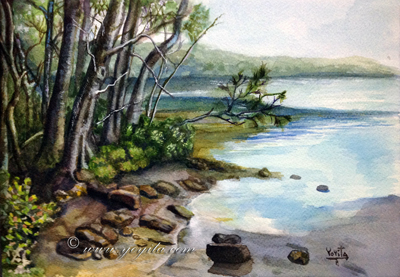 |
| Washing clothes in the lagune Landscape Nicaragua Oil on canvas 48 by 36 inches |
By the lake watercolor landscape 10.5 cm by 7.35 cm |
|
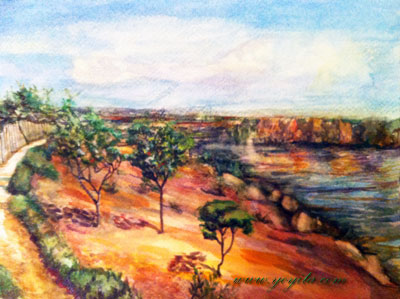 |
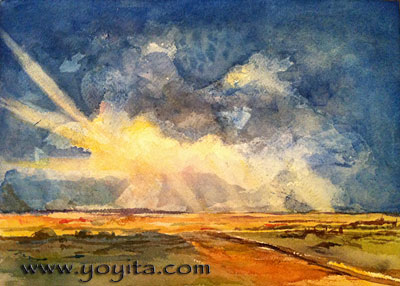 |
|
| Red Ochres landscape with water Watercolor on cotton paper 7 by 10 1 / 4 inches |
Blue sky Watercolor over Arches paper 5 by 3 3/4 inches |
|
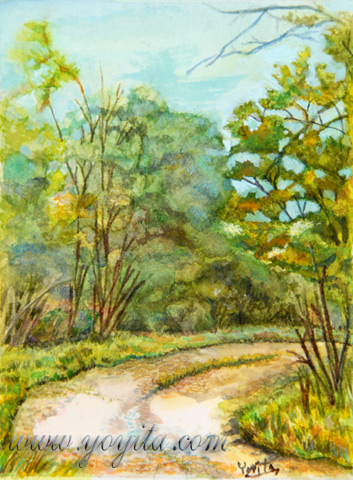 |
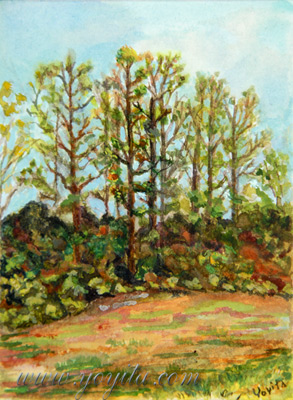 |
|
| The path Miniature Watercolor on Bristol 3" by 4" 80 mm by 105 mm |
Trees Miniature Watercolor on Bristol 3" by 4" 80 mm by 105 mm |
|
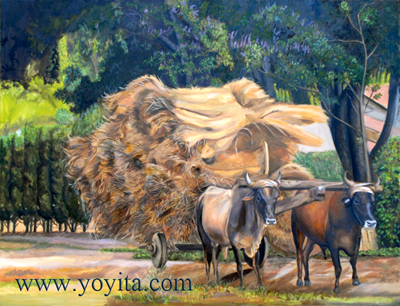 |
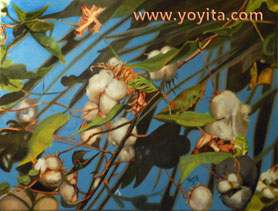 |
|
| Ox cart Oil on canvas 48 by 36 inches |
Cotton bolls, King Oil on canvas 18" by 24" |
|
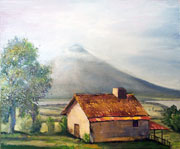 |
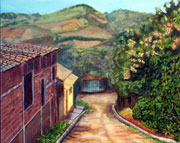 |
|
| Nicaraguan landscape Volcano Concepcion Oil on canvas 16" by 20" |
San Juan del Sur, Nicaragua Oil on canvas 16" by 20" |
|
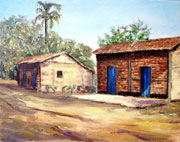 |
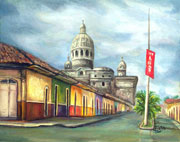 |
|
| Altagracia, Nicaragua Oil on canvas 11" by 14" |
Granada, Nicaragua Oil on canvas 11" by 14" |
|
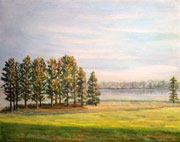 |
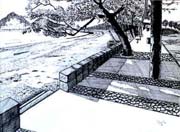 |
|
| Natchez Trace Landscapes Oil on canvas 18" by 24" |
Nicaragua Pen and Ink 14" by 17" |
|
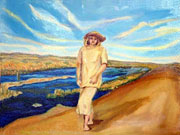 |
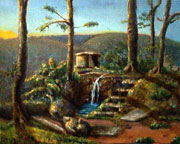 |
|
|
Landscape with figure Oil on Canvas 14" by 18" |
Alabama landscape Oil on canvas 16" by 20" |
|
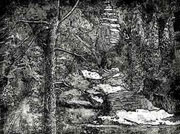 |
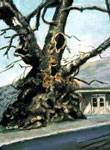
|
|
|
Landscape Zinc plate etching on rag paper 8" by 11" |
Ancient Greek tree Oil on canvas 11" by 14" |
|
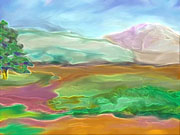 |
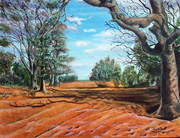 |
|
|
Glass landscape Nicaragua Digital landscape |
Dry
creek bed Oil on canvas 11" by 14" |
|
|
|
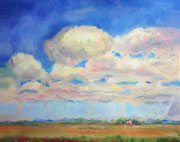 |
|
|
Coyotepe, Landscapes Masaya, Nicaragua Oil on canvas 11" by 14" |
Clouds Landscapes Oil on canvas 11" by 14" |
|
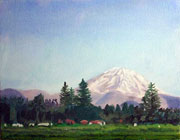 |
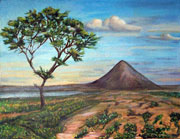 |
|
|
Mount Rainier Landscapes Oil on canvas 11" by 14" |
The volcano and the tree Landscapes Oil on canvas 11" by 14" |
|
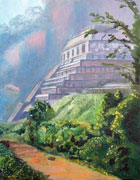 |
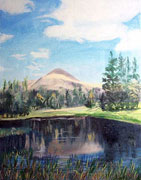 |
|
|
Pyramid Landscapes Oil on canvas 11" by 14" |
Mountain reflection Landscapes Oil on canvas 11 by 14" |
|
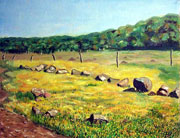 |
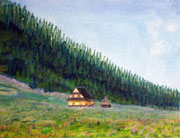 |
|
|
Yellow Field Landscapes Oil on canvas 11" by 14" |
Tatras Poland Landscapes Oil on canvas 11" by 14" |
|
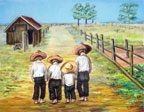 |
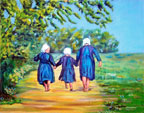 |
|
|
Boys Landscapes Oil on canvas 16" by 20" |
Girls Landscapes Oil on canvas 16" by 20" |
|
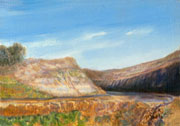 |
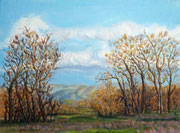 |
|
| Landscape Oil on canvas 5" by 7" |
Sycamores Oil on canvas 5" by 7" |
|
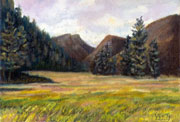 |
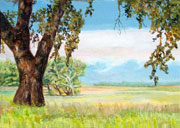 |
|
|
Mountains Landscapes Oil on canvas 5" by 7" |
Meadow Landscapes Oil on canvas 5" by 7" |
|
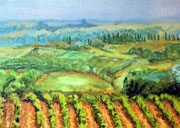 |
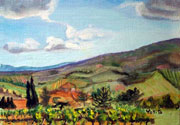 |
|
|
Tuscany
landscape with vineyards Landscapes Oil on canvas 5" by 7" |
Tuscany landscape Landscapes Oil on canvas 5" by 7" |
|
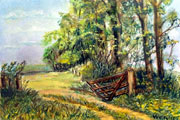 |
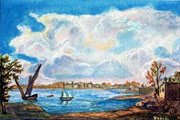 |
|
| The fence Landscapes Watercolor over Bristol board 4" by 2 3/4" |
Landscape and water Watercolor over Bristol board 2" by 3" 50.8 mm by 76.2 mm. |
|
